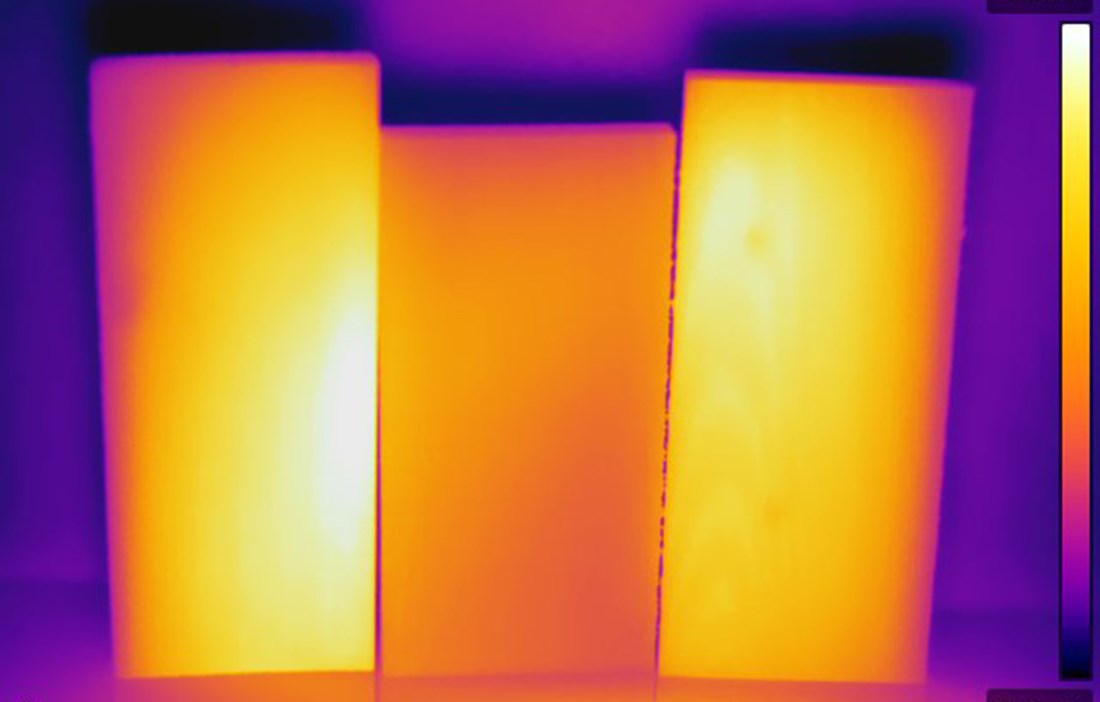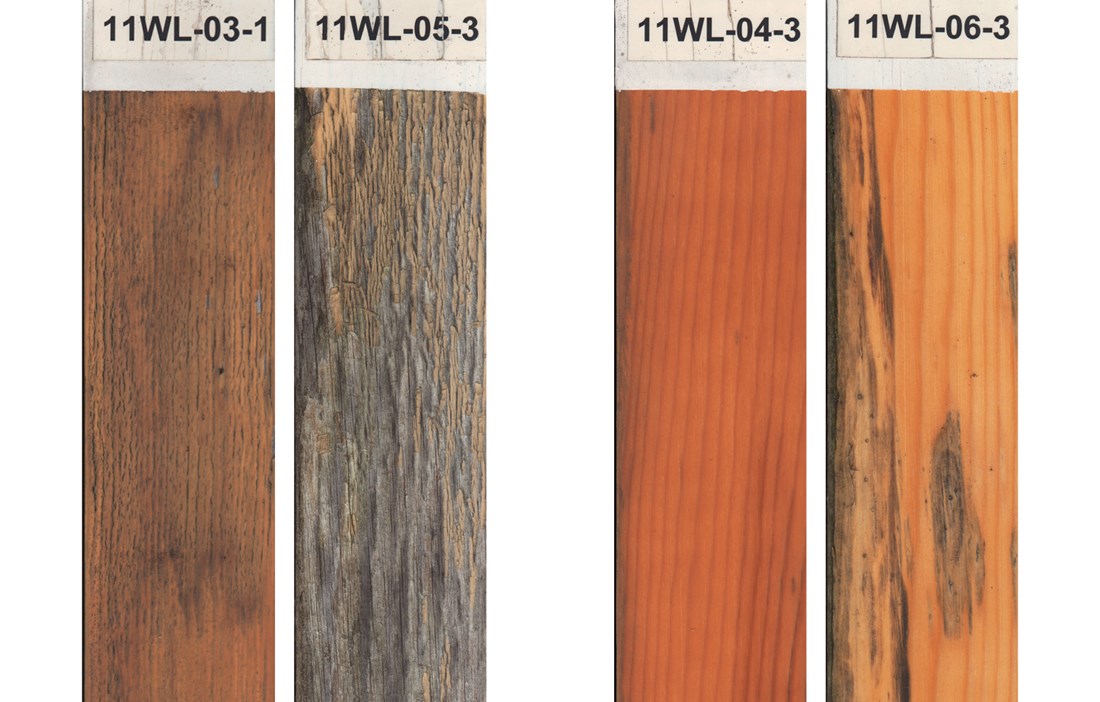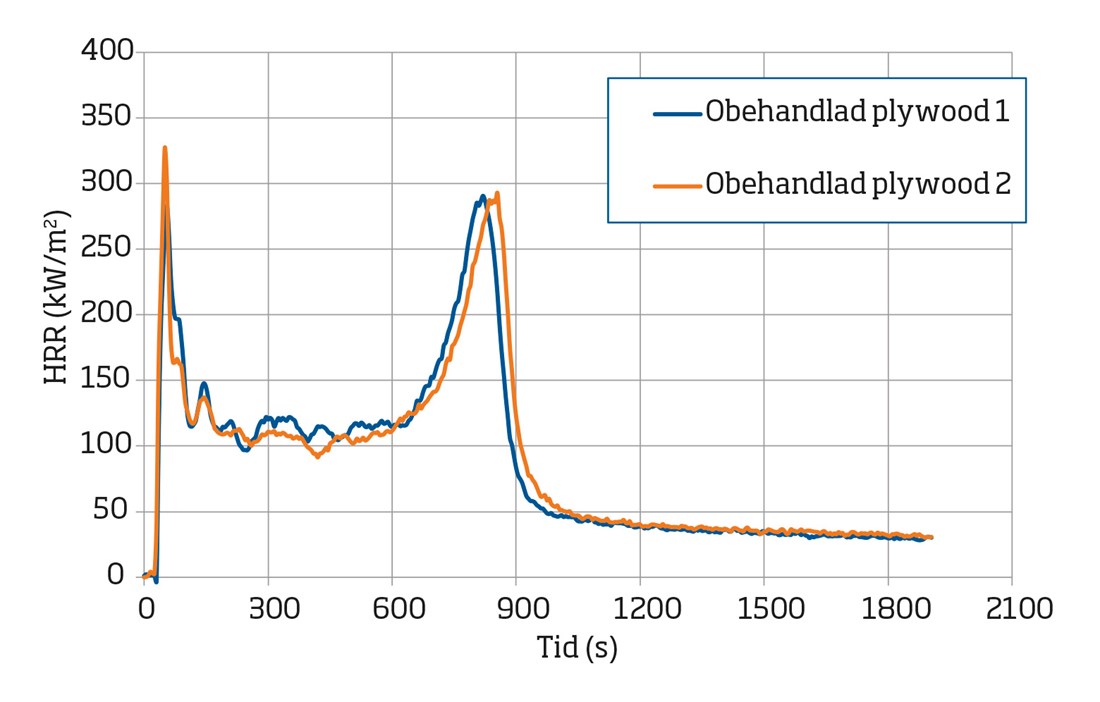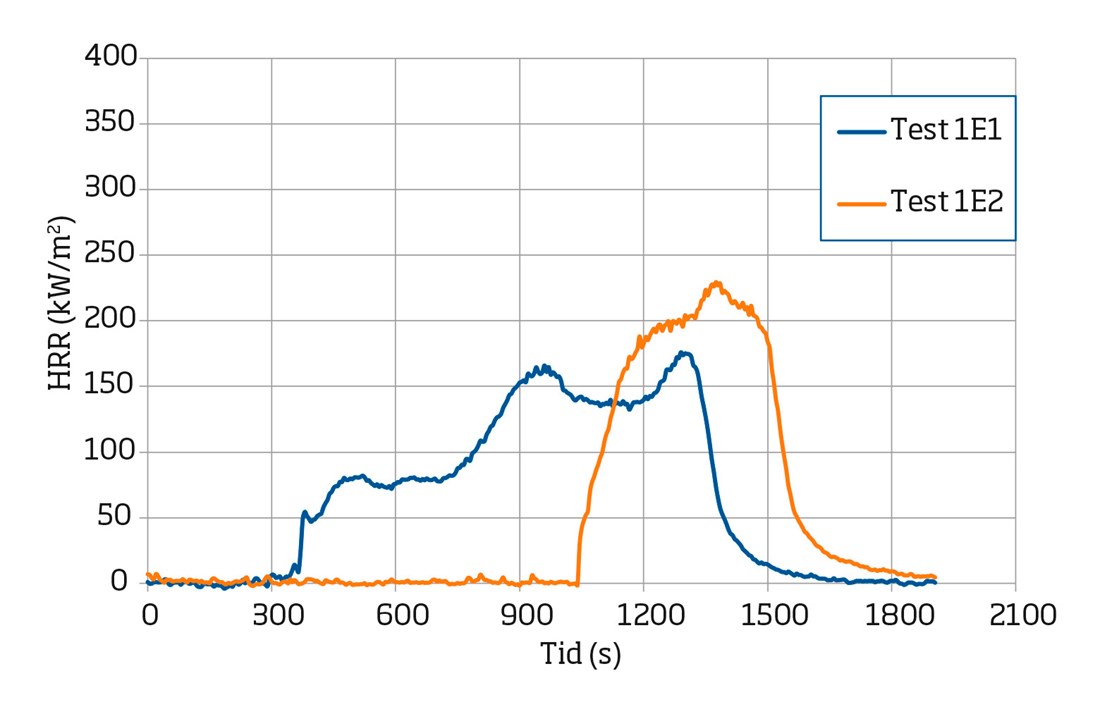Wood surfaces that are exposed outdoors are affected by sunlight and the environment. The appearance and the surface structure change over time, as the sun’s UV rays slowly break down the constituent parts of the wood. At the same time, the conditions arise for surface growth of microorganisms. Surface treatments are also affected by the environment and can be durable to a greater or lesser degree. The department for wood-based products at RISE Research Institutes of Sweden has been developing and testing innovations in this field.
Biocide-free surface treatment – A warmer and more humid climate encourages the growth of microorganisms. At the same time, regulations concerning the use of biocides are being tightened for the sake of health and the environment. This applies to the biocides that are used to protect paints from microorganisms in the tin and the biocides that are meant to protect the paint coating. To prevent allergies in painters, there is a drive to reduce the number of approved biocides in paint tins and their concentration to below the level that prevents microbial growth. The same is also true for the paints once applied.
As part of a project funded by innovation agency Vinnova, RISE is investigating new ways of protecting surface treated wood from microbial growth. Sooner or later, fungal spores will attach to a painted surface. However, water and nutrients are required in order for the spores to activate and grow. A surface needs to be wet for a certain amount of time for the microorganisms to spring into action. Field studies indicate that if the wet period can be kept below this critical period, growth can be prevented. In addition, condensation occurs on cold surfaces (light paint coating), and these surfaces generally dry more slowly. By using IR-absorbing additives, the project has developed white paints that absorb as much heat as a dark red paint and so dry equally quickly.
UV-resistant clear lacquers – Wood generally takes on a silver-grey shade when used outdoors, and many people like this. But there is also a market for exterior wood that retains its new look over many years. The problem is that the transparent products for the surface treatment of wood break down relatively quickly. This is due in part to the fact that the lignin in the wood absorbs light in the range of 250–440 nanometres (nm). The lignin then breaks down, along with the surface treatment.
The EU project Woodlife1 took this issue on, and a consortium led by RISE’s predecessors YKI and SP developed UV absorbers, an additive in lacquers that can filter out sunlight in this range, so it doesn’t reach the surface of the wood. Wood cladding was tested in accordance with EN 927-3 in Sweden and the UK, with the test pieces facing south and angled at 40 degrees for maximum exposure to sunlight. The test states that the cladding has to be left out for one year, but RISE left it out for six years to see how the finishes perform over a long period. A lacquer with good UV protection in the above-mentioned range and a lacquer with UV protection up to around 380 nm can be seen in figure 2. The UV absorbers are already available on the market.
Fire retardant paints – There is a lack of effective fire retardant paints for wood outdoors and in high humidity environments. The traditional swelling fire resistant paints are very good, but in the presence of moisture they break down over time and become less effective.
As part of the projects ‘Hypothesis testing of Quartzene as a potential fire retardant for wood’2 and ‘Mechanism of thin and transparent film-forming platey pigment coating for fire retardant wood’3, RISE has developed transparent coatings that showcase the wood’s beauty while at the same time providing effective fire protection. The best formulations can achieve the highest fire safety classification, which is Euroclass B using reaction-to-fire test ISO 5660 (figure 3). Work still needs to be done on optimising the formulations, so they provide optimum fire protection over a long period, while also remaining aesthetically attractive and meeting all the other requirements placed on a coating system.
1. Funded by the EU’s 7th Framework Programme.
2. Part of the Bioinnovation programme funded by Vinnova, the Swedish Energy Agency and Formas.
3. Funding by the research fund of the Nils and Dorti Troedsson Foundation.
Text Stig Bardage and Anders Larsson, RISE

























